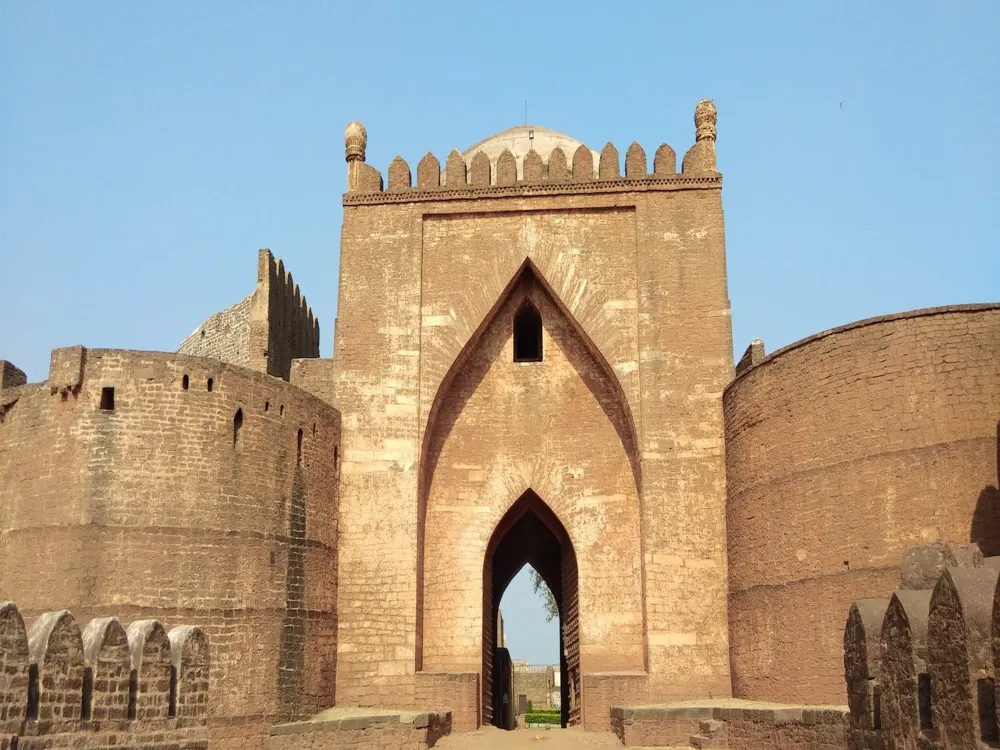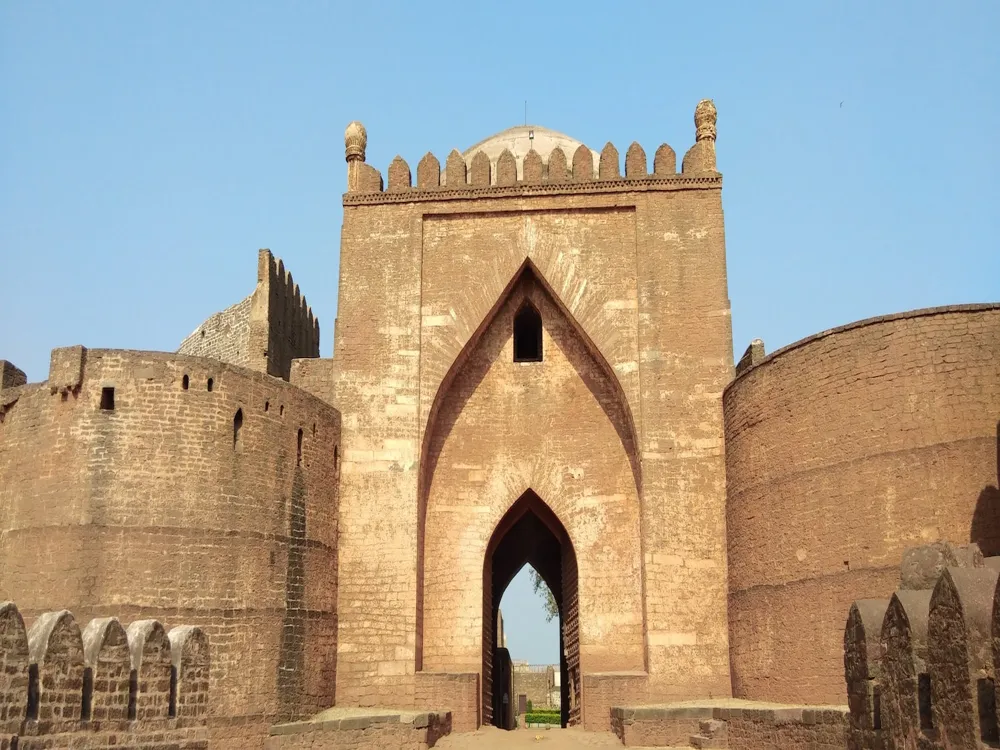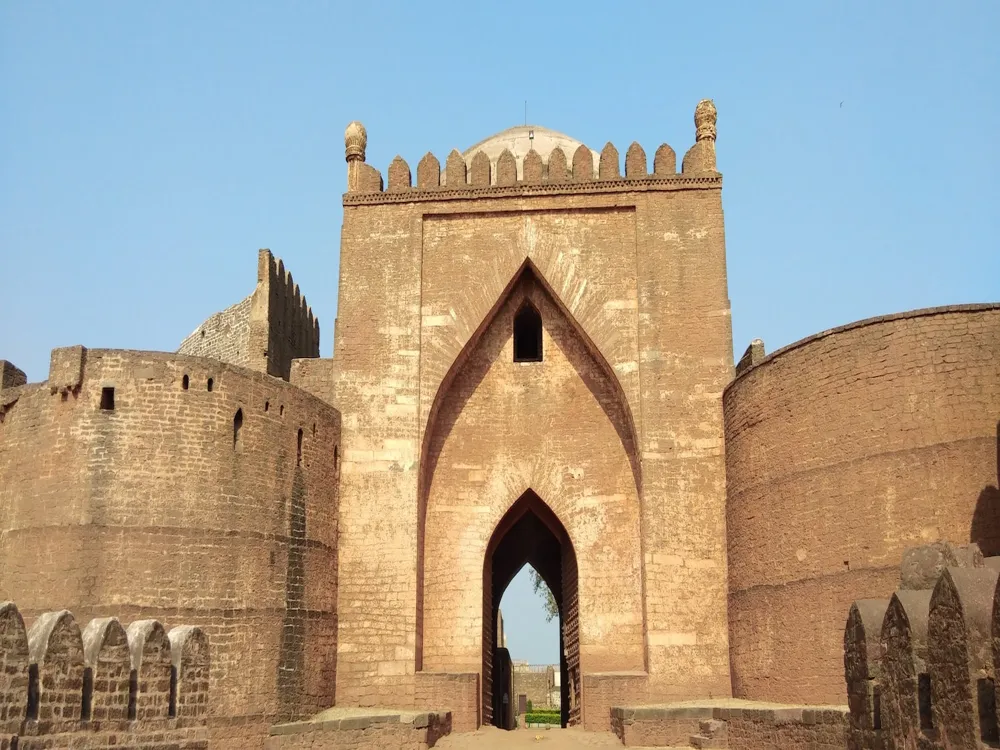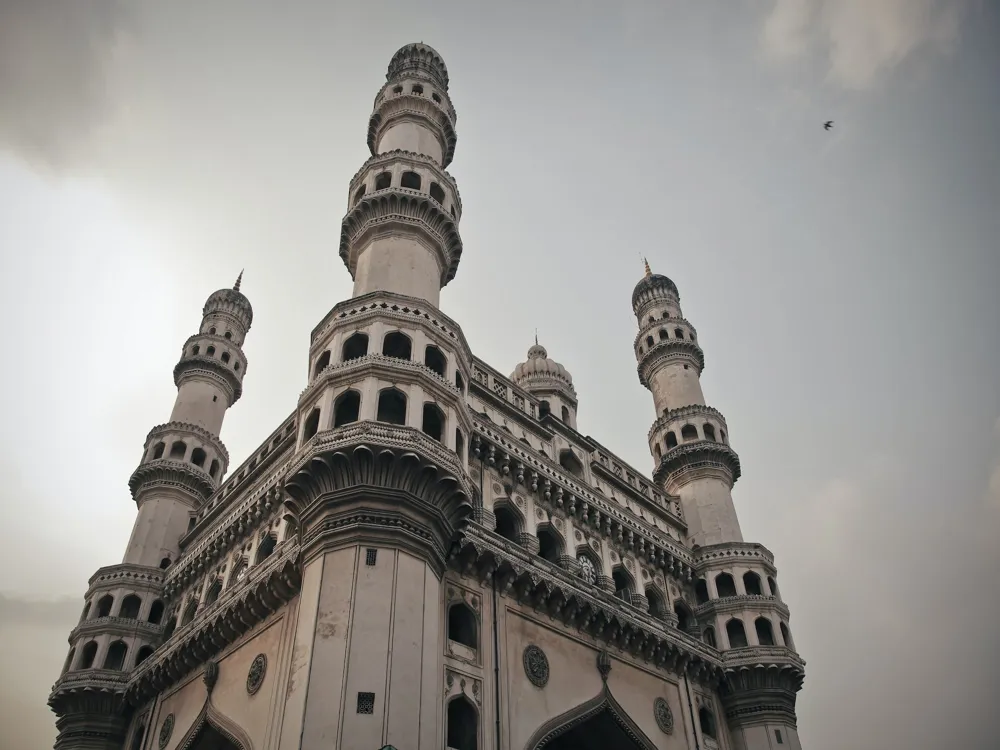The Narasimha Jhira Cave Temple, located in Bidar, Karnataka, is a remarkable example of spiritual and architectural heritage. This temple, dedicated to Lord Narasimha, an incarnation of Lord Vishnu, is not just a place of worship but a testament to the intricate craftsmanship and religious importance in Indian culture. Nestled amidst a serene landscape, the temple's history dates back centuries, attracting pilgrims and tourists alike. The temple's unique feature is its location within a cave, where water runs up to the knees, creating a mystical environment for devotees. Legends narrate the appearance of Lord Narasimha from this cave to save his devotee, Prahlada, which adds to the temple's significance. The journey through the water-filled cave to see the deity is not only an act of devotion but also an experience of spiritual awakening. The temple's surroundings, imbued with tranquility and devotion, offer a peaceful retreat from the hustle of daily life. The yearly celebration during Narasimha Jayanti witnesses a huge influx of devotees, showcasing the temple's cultural and religious importance. The local folklore, rituals, and traditions observed here are a mirror to the rich cultural fabric of Karnataka. This temple is not just a religious site but a beacon of cultural heritage, showcasing the harmonious blend of spirituality, history, and natural beauty. The Narasimha Jhira Cave Temple stands as a splendid example of rock-cut architecture, a significant aspect of Indian temple construction. The temple, carved out of a single rock formation, demonstrates the ingenuity and skill of ancient Indian architects. The rock-cut structure not only provides a robust foundation but also contributes to the temple's aesthetic and spiritual ambiance. As one ventures through the cave, the intricately carved rock formations and sculptures narrate stories from Hindu mythology, particularly those associated with Lord Narasimha. The dimly lit path, leading to the sanctum sanctorum, is adorned with carvings and inscriptions that reflect the rich history and religious significance of the temple. The use of natural rock formations in the temple's design not only integrates it with its surroundings but also adds a timeless quality to its structure. The temple's architecture is a harmonious blend of artistic beauty and practicality. The natural cave formation has been skillfully transformed into a place of worship, with careful attention to detail in every aspect of its design. The temple's structure, resilient against the test of time, continues to fascinate architects, historians, and spiritual seekers, making it a must-visit for those interested in ancient Indian architecture and religious studies. When planning a visit to Narasimha Jhira Cave Temple, consider the local climate and choose comfortable clothing suitable for a walk through water. It's advisable to visit during cooler months to avoid the heat. Check the temple timings and plan your visit accordingly to participate in special rituals or Aarti. Visitors should maintain the sanctity of the temple by dressing modestly and removing shoes before entering the cave. How To Reach Narasimha Jhira Cave Temple To reach Narasimha Jhira Cave Temple, you can follow these directions: Read More:Overview of Narasimha Jhira Cave Temple of Bidar, Karnataka
Architecture of Narasimha Jhira Cave Temple
Tips When Visiting Narasimha Jhira Cave Temple
Planning Your Visit
Respecting the Sanctity of the Temple
Narasimha Jhira Cave Temple
Bidar
Karnataka
NaN onwards
View bidar Packages
Weather :
Label : Must Visit
Tags : Temple
Timings : 7:00 AM to 6:00 PM
Planning a Trip? Ask Your Question
Bidar Travel Packages
View All Packages For Bidar
Top Hotel Collections for Bidar

Private Pool

Luxury Hotels

5-Star Hotels

Pet Friendly
Top Hotels Near Bidar
Other Top Ranking Places In Bidar
View All Places To Visit In bidar
View bidar Packages
Weather :
Label : Must Visit
Tags : Temple
Timings : 7:00 AM to 6:00 PM
Planning a Trip? Ask Your Question
Bidar Travel Packages
View All Packages For Bidar
Top Hotel Collections for Bidar

Private Pool

Luxury Hotels

5-Star Hotels

Pet Friendly






















